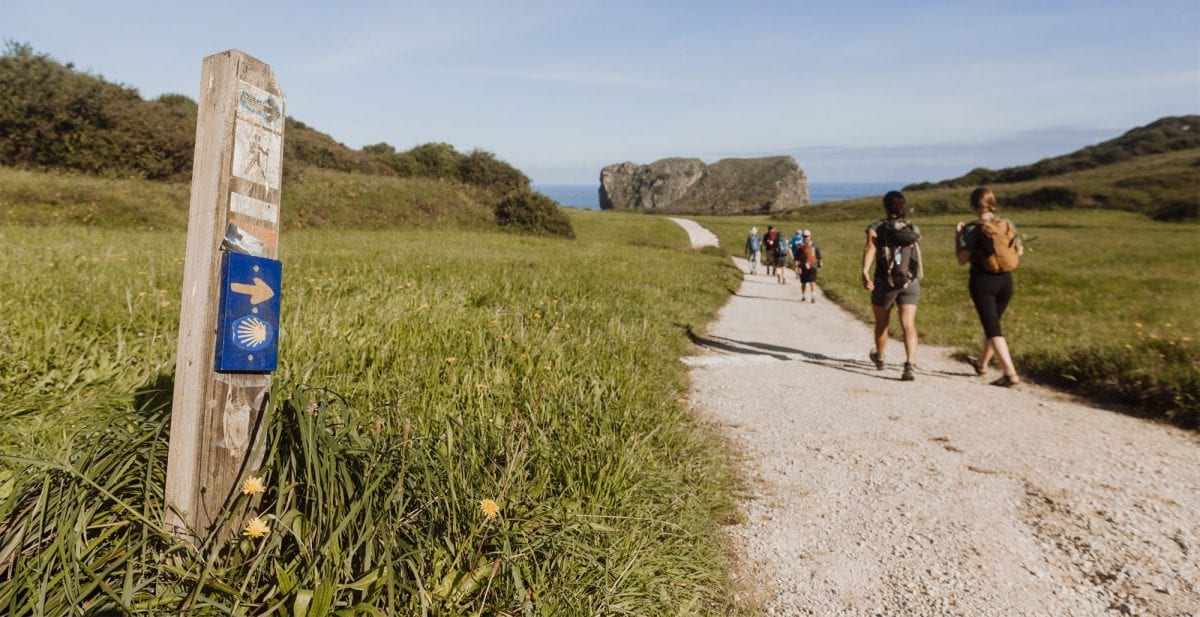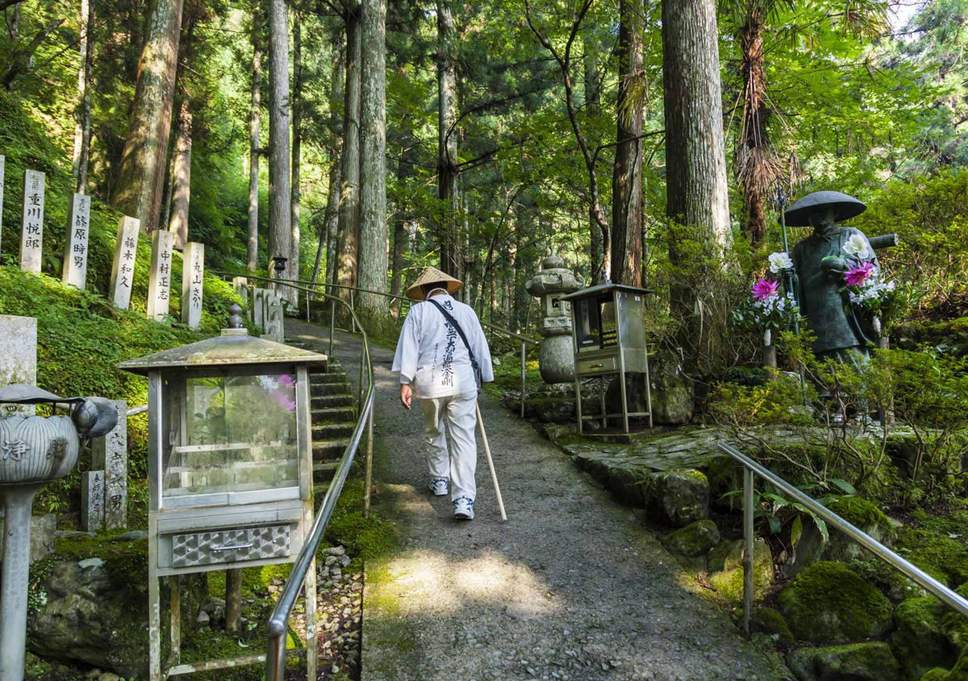Packing is a fun and essential part of doing any hike, let alone long-distance hikes. It is -however- sometimes a bit tedious to keep track of all the gear you have, all the gear you want to pack, need to pack, are missing, weigh everything, tweak, weigh again, repeat. Up until recently, I have been building mainly from the packing lists I had collected over the years. E.g. when I would go packing for the Jordan Trail, I would take my Iceland Laugavegur Trail packing list and tweak it towards more days, hotter climate, etcetera. As a note-to-self, I would add remarks and tweaks on the bottom of my blog posts for my next hike. But it all still felt suboptimal and I would lose track from time to time, forget to pack stuff or (often in my case) would just pack things I wouldn’t use or need. So since I had some extra time on my hands during Corona times, I decided to digitize my packing list in Notion. In less than an hour, I’ve built a master gear list that helps me automatically calculate the weight of my pack and helps me decide what to bring. I will take you through my setup below.Notion is a super simple and straightforward workspace and note-taking app at first, but has some very powerful features (e.g. databases, linked databases, templates, multiple views like kanban/calendar/table/list for the same content) that make it a very flexible tool for a wide variety of purposes. The app’s community has built a broad range of templates highlighting potential uses: creating to-dos, keeping a journal, storing recipes, making a list of books to read, or publishing simple websites through a tool that allows you to make Notion pages public.
I personally mainly use it for my work in customer experience and innovation, but recently also started to use it for more personal areas of my life like holiday planning and planning and preparing my hikes.
If you want to know more about Notion and how to use it, be sure to check out Marie Poulin and Francesco from Keep Productive.
Also, by using this structure of a “master” packing list and separate instances every time I go for a hike, it is easy to look back on previous packing lists and to keep track which gear I use all the time (and which I hardly use at all).For example, my favorite trekking poles ever, my Black Diamond Alpine Carbon Cork trekking poles and I would add different dimensions:
- Name: The name of the item, including brand, product name, and product description. In this case: ‘Black Diamond’ (brand), ‘Alpine Carbon Cork’ (product name), and ‘trekking poles’ (product description). This will make it easier, later on, to retrieve the items/search the items in a list.
- Category: what type of gear is it – is it clothing, food/water, hiking gear, camping gear, etcetera. This helps to filter out the weight of food later (because food/water weight will change over the course of your hike, your base weight doesn’t) but also to see if you are missing things (e.g. see if you have all the clothes you need, all the cooking gear you need).
- Notes: Possible notes/remarks/reminders.
- Product Link: Link to the manufacturer website for reference.
- Type: Quick product description type. E.g. I have multiple gloves, ranging from heavy-duty Mount Kilimanjaro style gloves to gloves specifically tailored to desert UV protection.
- Website link: Deep-link to a blog entry on my travel website (this site) or my business website polledemaagt.com. Both for my own reference and to keep track of which products I already reviewed/mentioned on my websites.
- Weight: The weight (usually per item).
This made that items would be easy to sort, that it would be easy to calculate the total weight and that I would always be able to find additional information, either on the manufacturer site or on one of my own websites.Just as an example, I will take you through my packing list for the Arctic Circle Trail in Greenland. Although very much is still uncertain when it comes to travel in Corona times, I can not afford *not* to prepare for the possibility that I will be able to go as planned end of August. Well, let’s not over-generalise, but I am personally not able nor comfortable to not prepare decently for a multi-day 250+ kilometer hike in the middle of nowhere. So for the last couple of days, I have been slowly, but steadily collecting the gear I need.
Also, I made a separate list that calculates my base weight and a separate list that calculates base weight + food and water. This makes it easy on one end to aim for the magical 12 kilo’s of base weight, while keeping an eye on having enough food and calories for the day. After finishing this table, I added a separate table to automatically calculate total calories and calories per day.
To top it all off, I turned this structure into a template so that the next time I will do a long hike (Jordan Trail next year? Camino de Santiago next year?), I will have the foundation to work from.In other words: using the technology available in tools like Notion, it is now really really easy to focus on the things you should focus on: having the right gear and packing the right stuff. Would love to hear your tips and ideas!Feel free to browse through all the posts or use the button to see the category view.






1 comment
Hey!
This looks like the best packing list out there, you should make it a template!